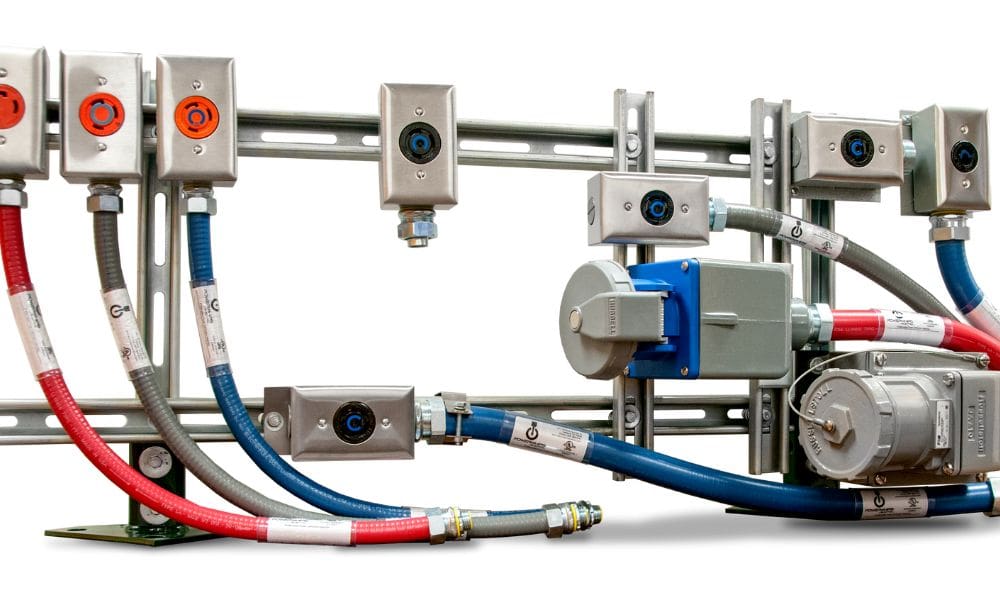
The medical industry is constantly evolving thanks to technological and medical advancements. Technology provides new ways to grow and improve various processes in the medical field. One piece of technology that is making waves in the medical field is edge computing. Discover the various ways edge computing can benefit the medical industry.
What Is Edge Computing?
Edge computing involves processing client data as close to the source as possible. Rather than handling data at a remote location such as a data center, edge computing moves some of these resources closer to their source. Many industries and businesses use edge computing to promote real-time insights and more efficiently analyze data. Businesses and organizations such as retail stores, factories, offices, schools, hospitals, and other locations can be ideal locations to implement edge computing.
Connecting Emergency Services
One of the most significant benefits of edge computing is how it can promote prompt patient reporting and analysis. Edge computing can help bring real-time data and insights to hospital sites, promoting prompt care, especially in emergencies. There is often a delay in care when ambulances arrive at a hospital, as healthcare teams must wait to obtain diagnostic reporting. However, edge computing can help connect hospitals and ambulances through modern technology, allowing real-time updates and diagnoses, so hospitals can better prepare for arriving patients.
Remote Monitoring and Care
Traveling long distances from remote locations can be difficult for some patients and impact the care they need. However, with the connections that edge computing promotes, hospitals can receive updates from remote locations and stay connected with patients more efficiently. Edge computing also reduces the strain remote reporting can have on your system by processing this data close to the source.
Improving Patient Outcomes
Technological advancements are constantly improving medical conditions around the world. This technology can enhance current processes, such as medical imaging. For example, some hospitals have begun using AI imaging to detect critical findings in x-rays and more thoroughly analyze these images. Edge computing also promotes connections for medical consultations and sharing information. Closer connections and faster access to data allow doctors and medical advisors to analyze and interpret information, consult with colleagues, and more.
Now that you know some of the significant ways edge computing can benefit the medical industry, you might wonder how to pursue this technology. You’ll need to start with the correct materials, such as power strips and power whips. Browse IEC 60309 power cords and more here at PowerWhips to find the equipment you need.
